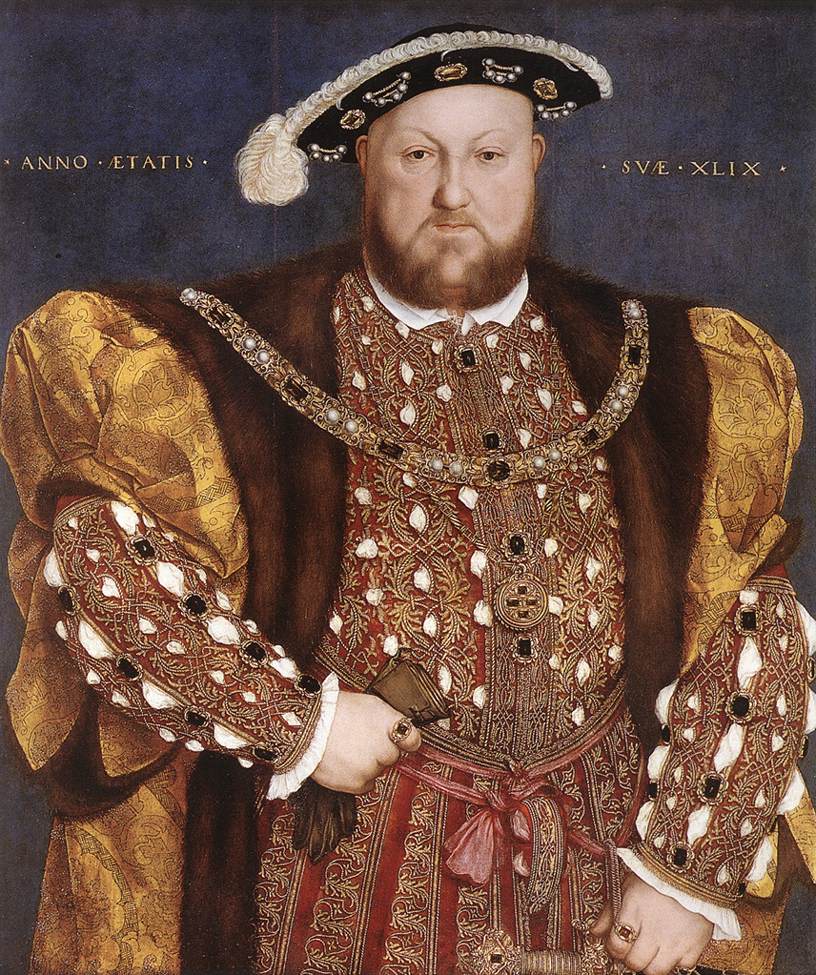The Mystic Nativity
7:00 AM |
| Mystic Nativity, Sandro Botticelli, 1500 |
By LIBBY ROHR
Sandro Botticelli has been a favorite of mine since I first laid eyes on his work as a young child, gazing up at the beautiful copy of Primavera on my best friend's wall. His figures are as distinctive as Fragonard's trees in their soft glowing skin and gracefully clothed bodies. In The Mystic Nativity, we see new emphasis on nature similar to that of Primavera, but with a stronger message. The robes of several of the angels seem to flow into the elements of the earth around them through the use of the deep green color. The inclusion of the forest background, greenery in the hands of angels, and the natural landscape of the foreground shows the placement of heavenly value on the natural world. To include so much nature in in such an auspicious scene with such godly figures extends an auspicious and godly status to these earthly aspects in a way that has not existed in art before this time. Recently, we read a passage in class from Pico Della Mirandola's Oration on the Dignity of Man which says that human beings were put on Earth "to ponder the plan of so great a work, to love its beauty, and to wonder at its vastness." As art progresses, Botticelli lives out this purpose in the exploration of a holy natural earth in his work as well as the emphasis of the interaction between man and the angels.
Botticelli's use of color in the verdant greens and rosy pinks gives this painting its graceful nature. Mary and Jesus are framed by their shelter first and then again on all sides in the figures of the angels and onlookers. In a ring at the top of the painting, angels rejoice in the heavenly realms, serving as a portal to the unthinkable, to God. In composition, this painting can be split in thirds horizontally, the bottom representing life on Earth, the top representing the existence of heaven, and Jesus in the middle as the bridge between God and man. In the lower third of the painting, we see images of angels embracing humans as further demonstration of this bond. In the realm of Jesus under God, all are equal and at peace. Olive branches appear in the hands of every angel in the painting. The sharp, twisting road to Jesus shows the difficulty and the specificity of following Jesus's "way." However, as the Bible promises to good Christians, Christ himself is waiting at the end.
In the bottom third of the composition. If you look closely, you'll notice four grotesque figures of the devil. My personal favorite happens to be the blue one in the bottom right, with curly horns like a ram and a disgusting warthog face. Each one of these satanic figures is crawling back beneath the earth to hell. In the presence of Jesus, they can no longer exist on the earthly plane. Botticelli tells us that through Jesus's education for the world, he rids us of sin. There is no idea more en vogue for the Renaissance than this idea of humans as chosen beings and transcendence through education and study. Mirandola claimed human beings to be, as pictured in this painting "the intermediar[ies] between creatures, the intimate of the gods, [and] the king of the lower beings." Our free will is what makes us human. We have choice to either "degenerate into lower forms of life" or "to be reborn into higher forms." Whether or not you happen to believe in God, the idea of free will, choice, and following a path of love or hate is the thread that binds every human being together. At first glance, this may resemble a simple nativity scene, however this message to humanity is what makes it "Mystic." Although this is a deeply religious work, any person could walk up to this painting and feel the message of optimistic life through peace and the utopian world so many of us strive for.











0 comments